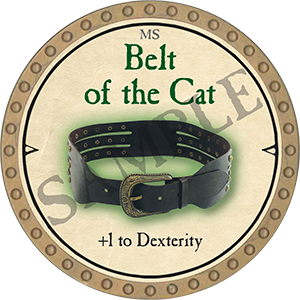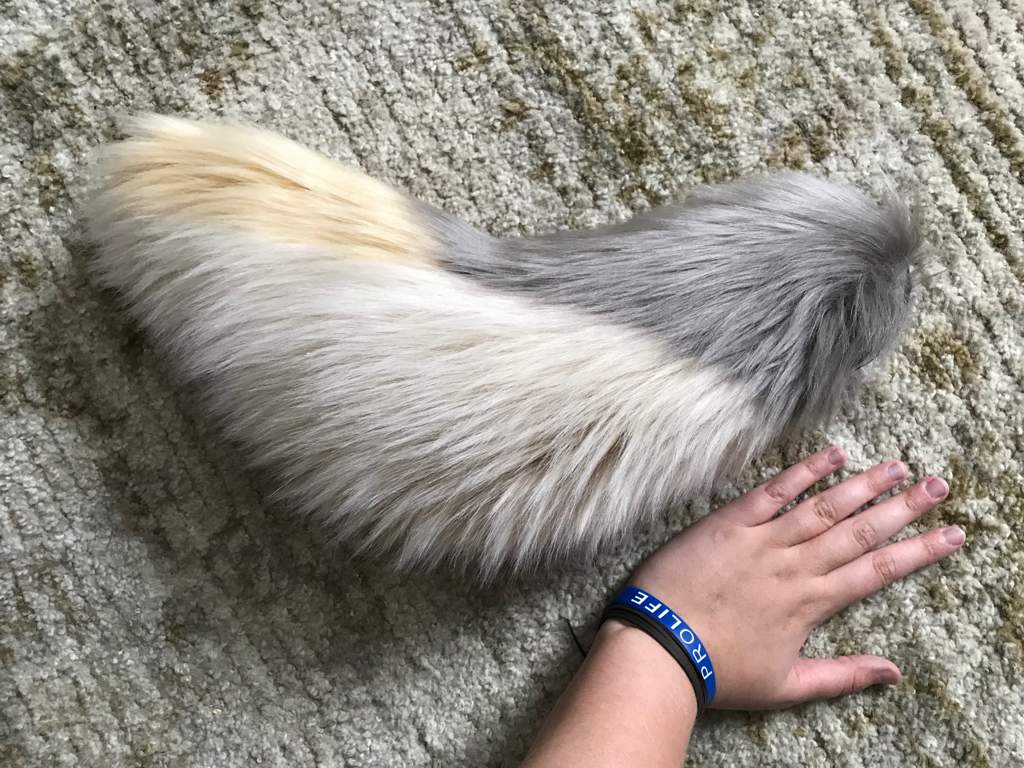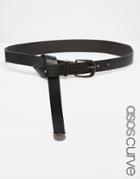
But with that "spider" pad lifting the shoulder pads up a couple of inches, players feel like gladiators. The actual padding under the shoulder pads is thin, and you will feel the plastic bite down when you have a serious collision at the point of attack. The new dri-fit gear with extra shoulder padding has replaced the old-school "spider" pad, but the effect is the same. A long snapper I spoke with said he will cut more room in the neck area of his shoulder pads so they don't pinch when he drops his head to snap the ball back on field goals, PATs and punts. But for a long snapper, a player who has to increase his range of motion in the neck area to snap the ball between his legs, snug pads can hinder performance. You want these things to fit pretty snug when you tackle as a safety or carry the ball as a running back. The hole, or neck area, in the shoulder pads is pretty tight. Cutting more room in the shoulder pads Some long snappers alter their shoulder pads to give them more freedom of movement. That is the best look, a classic '90s style that needs to come back, but with players getting paid more cash with shoe deals (need to see the logo), the spats are slowly going away. There is nothing better than black cleats and a white spat (which is now an automatic fine).

That made the cleats actually fit and locked the heel in.

But before, the spat was key for skill players. Players still tape up, or "spat," their cleats in the NFL, but the numbers have gone down thanks to better cleats from Nike, Adidas and Under Armour. The "uniform police" that walk the field before the game, looking to hand out fines for violations, don't know the difference, and the player, most likely a defensive back or wide receiver, gains that slight (mental) edge in speed. This gives players the option of wearing just the plastic or going with outer foam. That's where guys chop down the knee pads into small circles and cut the plastic out of the thigh boards. Go grab scissors or a scalpel from the training room and drop those pads on the operating table. It was going to hurt regardless, so why not drop the extra gear to play faster? But now, with the NFL enforcing rules that require all players to wear lower body pads, players are becoming amateur surgeons in the locker rooms across the league on Sunday mornings. That was more of a speed thing, but also the realization that leg pads wouldn't save you on a direct shot to the thigh or knee. Cutting down thigh boards/knee padsīack when I played, defensive backs and wide receivers didn't even bother with thigh boards or knee pads. I doubt it, but any little edge is going to help. Maybe that's the difference between catching a fade route for six or picking off a pass in the fourth quarter. Grab a towel, have a player shield you from a possible camera, and start spraying that grimy juice on your gloves. Plus, it's all over the sidelines during the game. It isn't as strong as "stickum," and it wears off pretty quickly, but it still adds a little more than the standard receiver glove can provide. For many players, that's the pre-tape spray, the stuff trainers coat your ankles with before they start taping. "Stickum" has been out of the league for decades and really exists only in movies now, but there are still ways to coat your gloves (or hands) with a substance that gives you a little more grip to catch the football.
ELASTIC SHORTCAT TAIL BELT PRO
There's holding on every play in a pro game, so why not look for a little edge? The new Nike digs have made the jerseys fit much better than back in the day, but the guys I talk to in the league are still relying on double-sided tape.

This stuff is a must for the big boys up front, linebackers that are asked to defeat blocks and even for defensive backs. The result? It acts like glue for the jersey, and there isn't much to latch onto unless you want to lose a couple of finger nails in the process.

The equipment managers layer the shoulder pads with this double-sided tape and squeeze the jersey on top. Here's a quick guide to how players skirt the rules - and a reminder that they will do just about anything if they think it gives them an edge on Sundays. Now, uniform tech in the NFL gets better every year, so rigging jerseys or pads isn't as essential as it used to be. You lost yards because of a flapping sleeve. There was no escape for Bradford, no way to spin free, with a massive defensive lineman holding on to an oversized jersey that would be better suited for a Halloween costume. Earlier this season, Philadelphia Eagles quarterback Sam Bradford was sacked when a defender grabbed his jersey sleeves and yanked him to the ground.


 0 kommentar(er)
0 kommentar(er)
